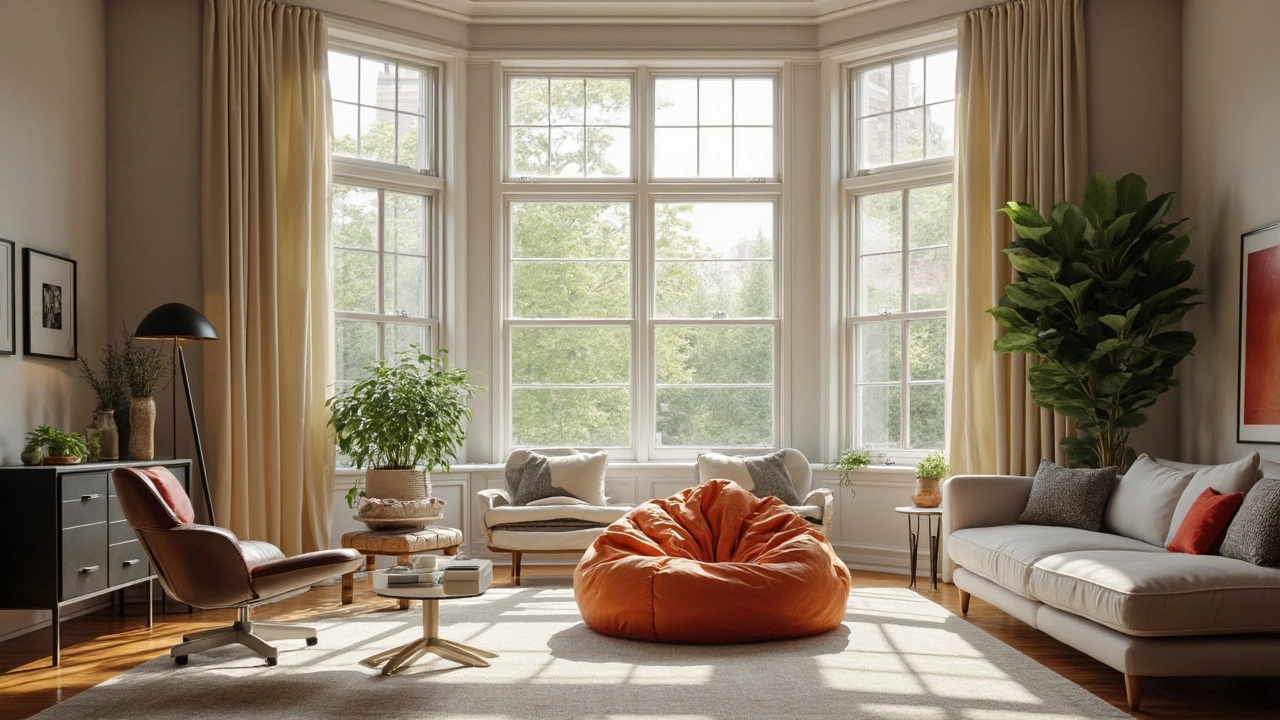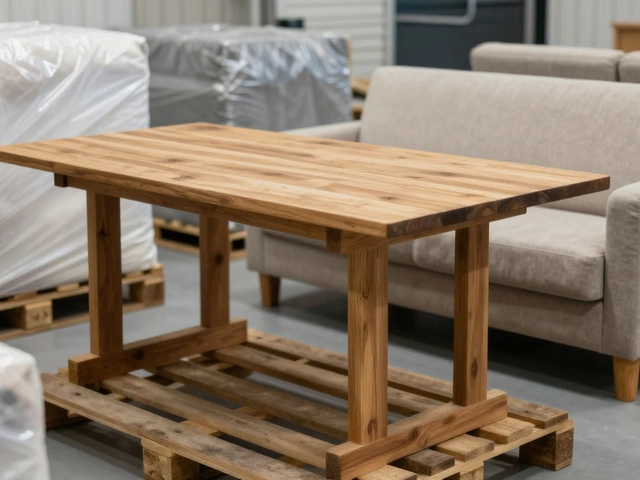Seating Options for Modern Learning and Workspaces
When it comes to classrooms or staff rooms, the right seat can make a huge difference. Kids sit for hours, teachers move around a lot, and office workers need support to stay focused. Below you’ll find quick, down‑to‑earth advice on picking the best chairs for each setting.
Choosing the Right Classroom Chair
First, think about durability. A good classroom chair survives bumps, spills, and the occasional slam. Look for metal or sturdy plastic frames with reinforced legs. If the chair has a slight curve in the seat, kids stay more comfortable and stay seated longer.
Second, check the height. The desk‑to‑chair gap should be about 2‑3 inches – that lets students rest their forearms without lifting their shoulders. Adjustable‑height chairs give you flexibility as the class grows.
Third, consider mobility. Chairs with smooth‑rolling wheels let students shift for group work, but make sure the wheels lock so the seat stays put during tests. A small, wide base keeps the chair stable on carpet or hard floors.
Finding the Perfect Office or Staff Chair
In an office, comfort turns into productivity. An ergonomic backrest that follows the natural curve of the spine reduces fatigue. Look for a seat cushion with a bit of give – too hard and you’ll feel sore, too soft and you’ll sink in.Adjustability matters more than you might think. A chair with independent controls for seat height, back tilt, and armrest height lets each user fine‑tune their setup. If you share a room, pick a model that’s easy to adjust without tools.
Breathable material is another win. Mesh backs keep the body cool, especially during long meetings. If you prefer fabric, choose a fabric that’s easy to clean and resistant to stains.
Finally, think about the floor. Plastic or rubberized glides protect hard floors, while swivel bases work well on carpet.
Whether you’re buying for a primary school, a university lecture hall, or a busy office, the key is to match the chair to the activity. A sturdy, height‑adjustable chair works for lessons that involve writing and lab work. A swivel, mesh‑back chair fits best in a collaborative workspace where people move often.
Remember to test a few chairs before you commit. Sit down, lean back, and move around. If it feels right after a few minutes, you’ve likely found a good fit. And don’t forget the warranty – a solid guarantee shows the manufacturer believes the chair will last.
With the right seating options, you’ll see fewer complaints about back pain, fewer distractions, and a space that feels welcoming. That’s the kind of environment where learning and work can really take off.





